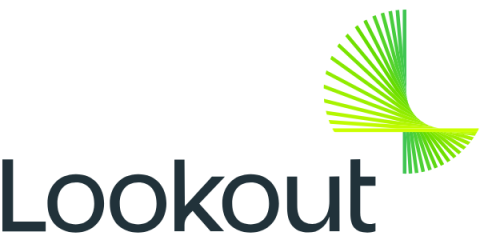5 Zero Trust Remote Access Solutions Your IT Team Needs to Know
In the past, organizations could control how, when, and where their employees accessed sensitive data. Now, in the age of hybrid and remote work, employees can connect to company networks from any location over nearly any device. Safeguarding data while granting employees the access they need is a delicate balance. That’s where zero trust remote access solutions come into play.







